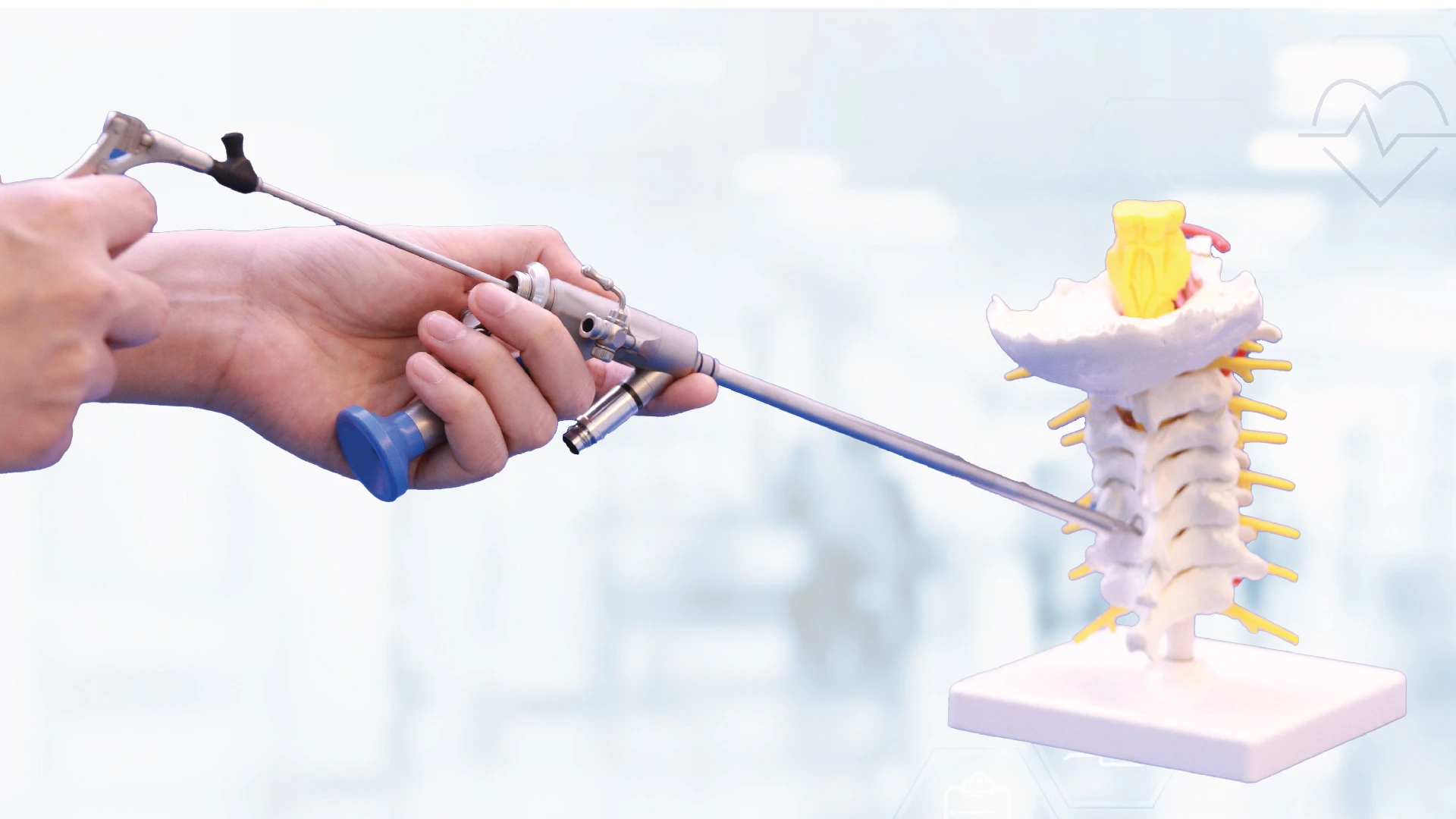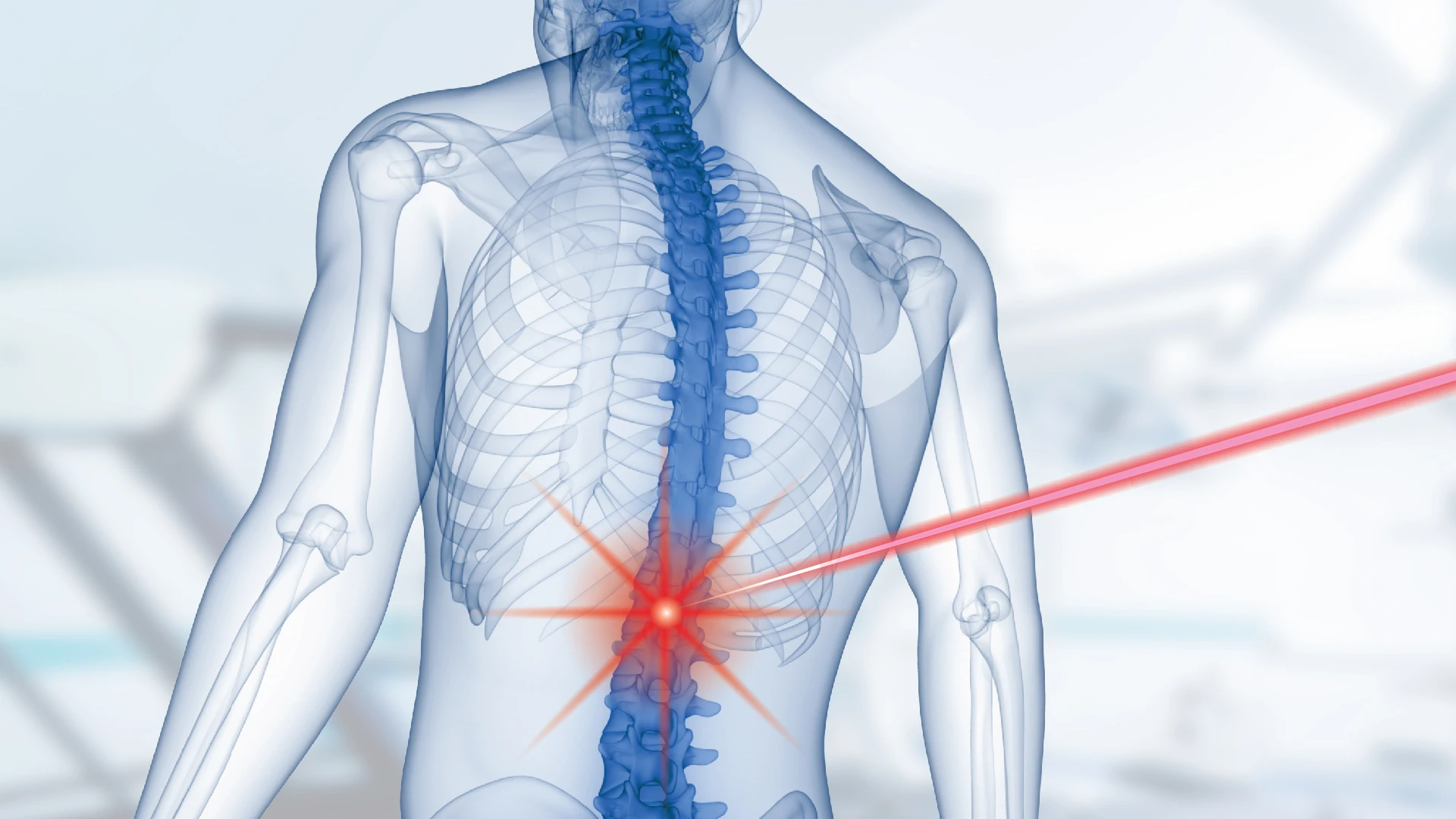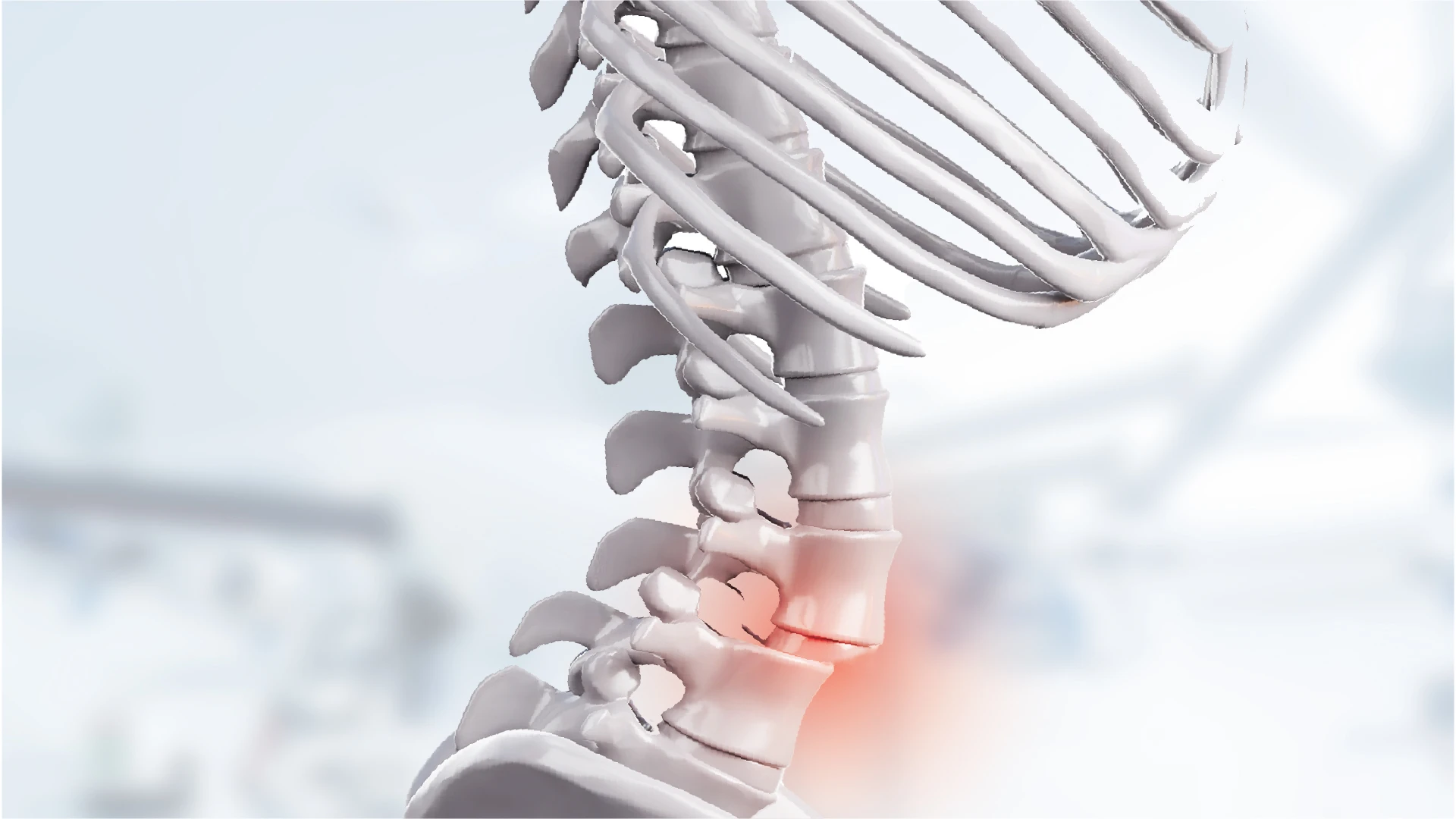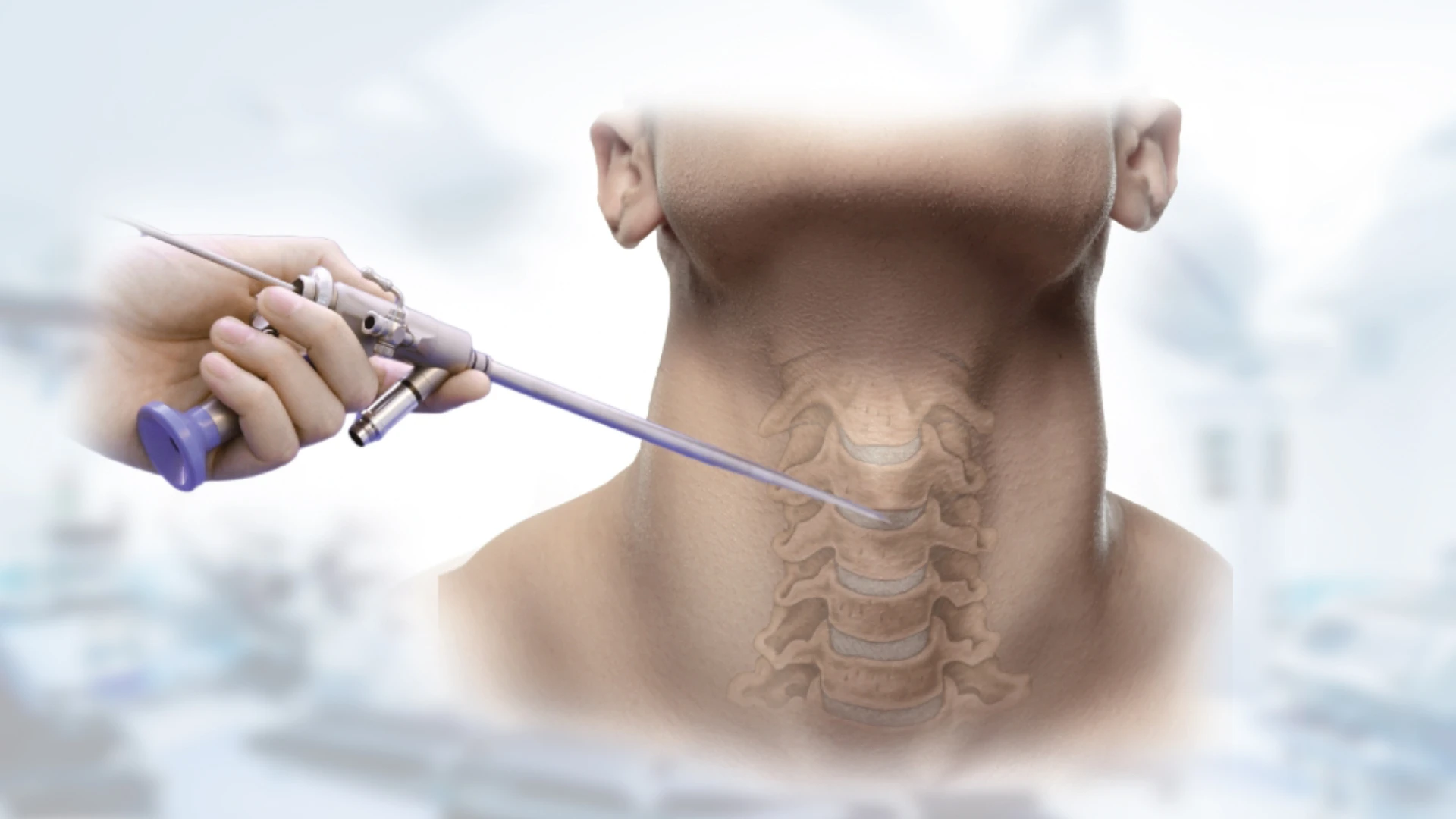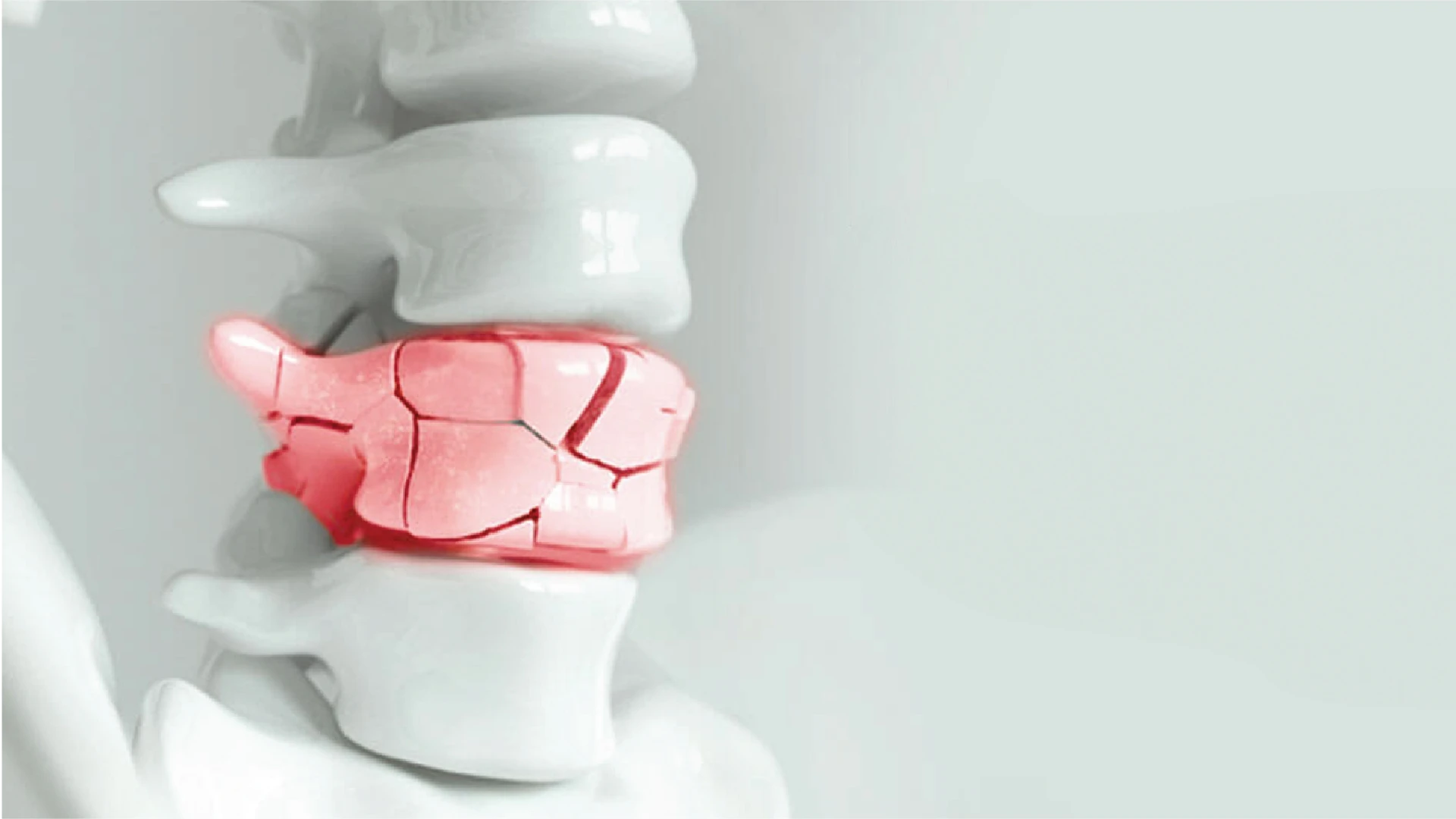

Just Standing Up... Felt Like My Back Was Being Yanked
Spinal Treatment and Care

"When I stood up, it felt like something violently yanked my back—I had to freeze in place. No one ever thinks that a minor backache could become something so serious."
"When I stood up, it felt like something violently yanked my back—I had to freeze in place. No one ever thinks that a minor backache could become something so serious."
Wannida used to enjoy her youth to the fullest—immersed in school, hobbies, and the activities she loved. But everything changed when what seemed like a minor backache gradually worsened and became a nightmare that followed her everywhere.
The Onset of Pain… From a Small Jolt to Unbearable Agony
It started about two years ago. One day, while helping to carry a water container—as she often did—she felt a sudden jolt in the middle of her back, like something had been triggered deep inside.
At first, it was just a mild sting. She assumed it was due to lifting incorrectly or tensing her muscles too much and thought it would go away soon. But it didn’t. The stiffness and dull ache in her back gradually intensified.
"Sometimes when I walked, I’d get these sudden jolts—as if something was pulling at my nerves."
Her eyes reflected exhaustion as she spoke about the constant pain she had endured. It wasn’t just physical pain—emotionally, she was worn down as well.
The Fear That Ate Away at Her—Would She Lose the Ability to Walk?
As the symptoms worsened, Wannida decided to see a doctor. An MRI scan revealed a herniated disc. She underwent medication and physical therapy, which brought some relief—briefly. But the pain soon returned, and this time it radiated down her leg.
"The pain was indescribable. I was terrified—scared that one day I wouldn’t be able to walk again. I’m still young. Why did this have to happen to me?" she said with a trembling voice, recalling those painful days.
The Fear That Ate Away at Her—Would She Lose the Ability to Walk?
As the symptoms worsened, Wannida decided to see a doctor. An MRI scan revealed a herniated disc. She underwent medication and physical therapy, which brought some relief—briefly. But the pain soon returned, and this time it radiated down her leg.
"The pain was indescribable. I was terrified—scared that one day I wouldn’t be able to walk again. I’m still young. Why did this have to happen to me?" she said with a trembling voice, recalling those painful days.
Related Services

No. 2102/9 Ladprao Road, Wang Thonglang Subdistrict, Wang Thonglang District, Bangkok 10310
Call : 02-034-0808Our Services
Quick Menu
Copyright © 2025 S Spine and Joint Hospital. All right reserved


